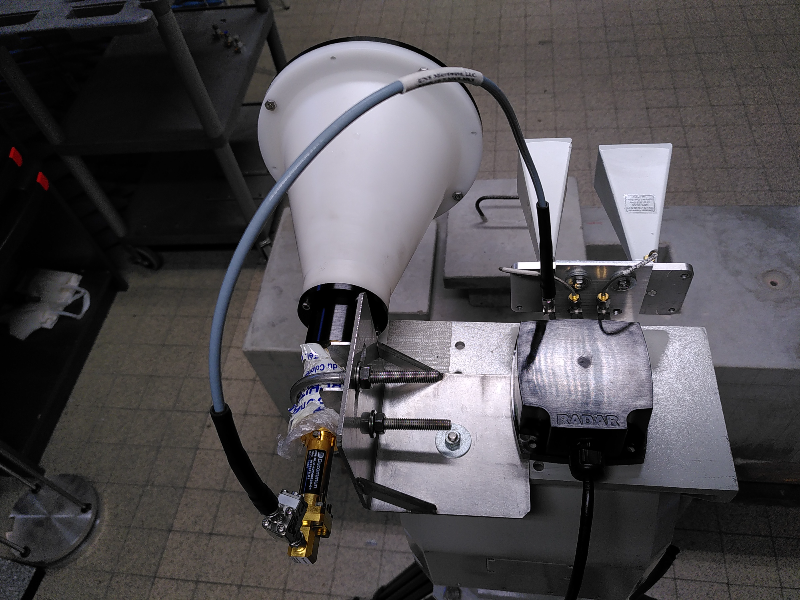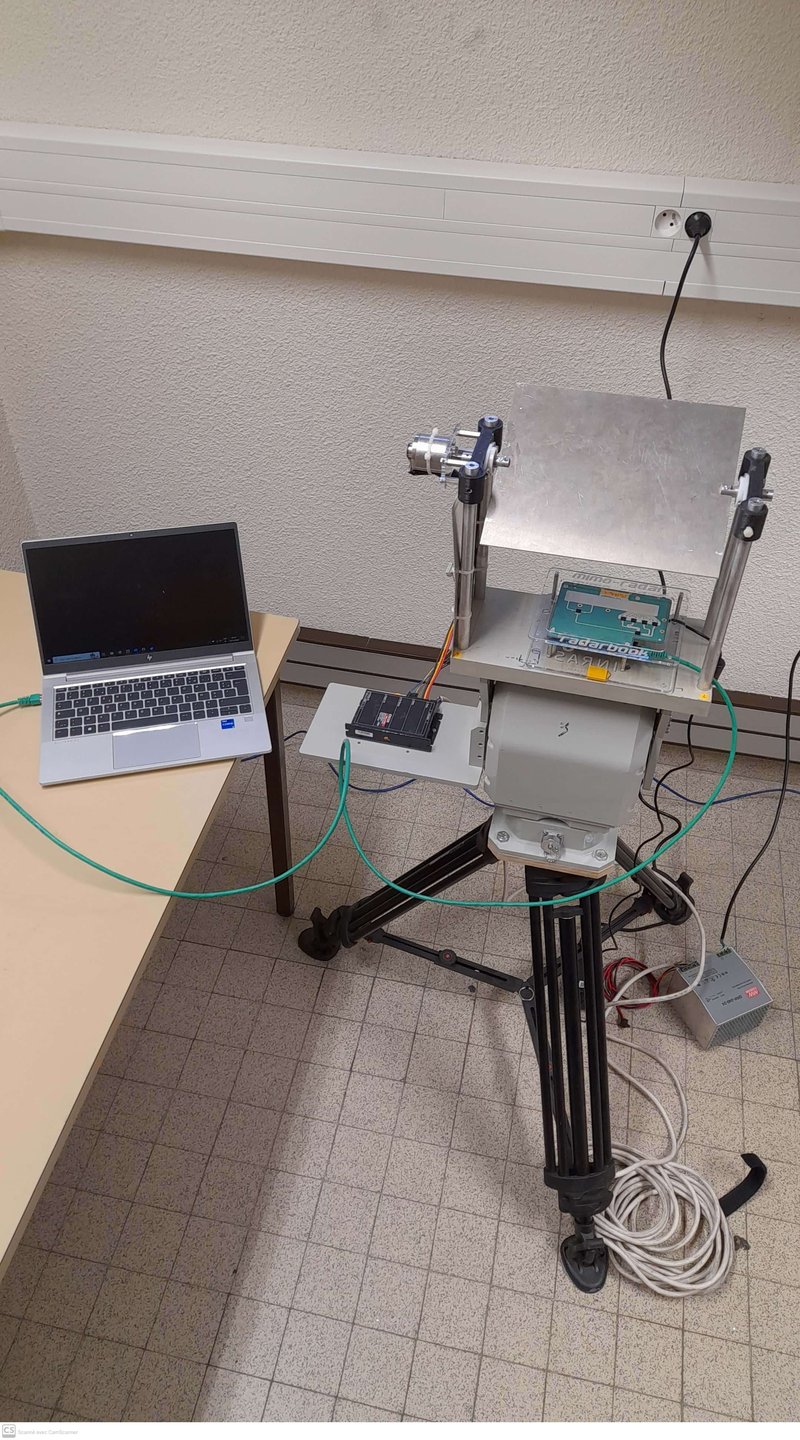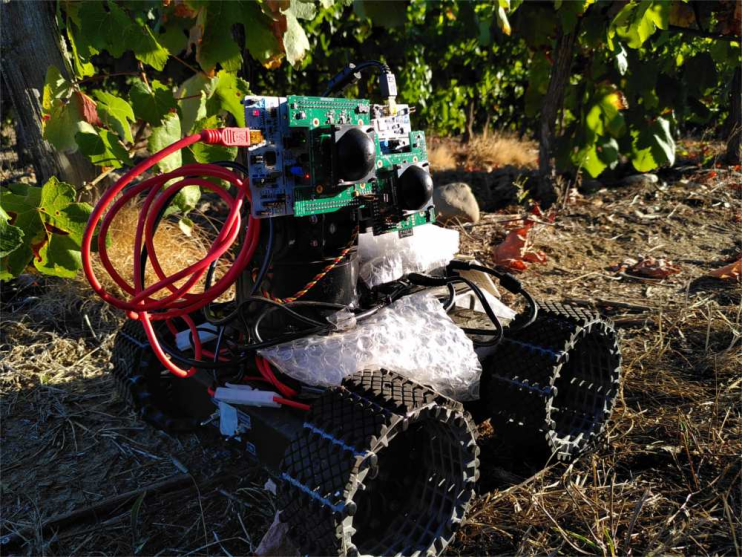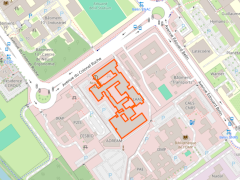Millimeter-wave Radar imaging systems
Millimeter-wave Radar imaging systems to remotely estimate features of targets
The MINC team is developing new Millimeter-wave Radar imaging systems in the following areas:
Internet of Things
Millimeter-wave Radar imaging systems are developed by our team for the remote detection, identification and reading of passive (without DC power) and chipless (without integrated circuits) sensors for the wireless measurement of physical quantities, such as temperature or pressure, in harsh environments with high temperatures, high pressures and/or radioactivity.
We are also developing polarimetric Radar image processing techniques to interrogate these sensors at ranges of several tens of meters.

Ethologie
Millimeter-wave Radar imaging systems are developed by our team for the individualized monitoring of the movement of animals under experimental and livestock conditions or in the natural environment. These Radar systems could indeed be advantageously used to address scientific issues related to individual movements and social interactions of animals. We have shown that these systems may estimate the trajectory of bumblebees to analyze their pollination activity or they can be used to study the movements of animals in livestock conditions in order to study the social attraction and cohesion of these animals.

Precision viticulture
Millimeter-wave Radar imaging systems are developed by our team to estimate the yield of a vineyard plot before harvest. This estimation is valuable for winemakers, because it makes it possible to carry out thinning as soon as possible, to anticipate human resources and the rental of equipment for the harvest and finally, to be able to be compensated at best in case of losses due to bad weather. The research team is working on versions of vehicle-based Radar imaging systems to analyze very large vineyard plots with multiple varieties, ensuring that the measurement times are compatible with industrial constraints.

Wireless systems for the characterization of shock waves
The research work on wireless systems for the characterization of shock waves takes place in the Laboratoire sur l’Instrumentation et les Capteurs Ultra-Rapides (LICUR). The wireless system proposed for the study of the shock wave generated during an explosive event should improve by a factor of 2 to 5 the measurement accuracy of static overpressure compared to the state of the art.
In addition, a millimeter-wave (94 GHz) interferometric system is used to remotely estimate the shock wave velocity, particle velocity and refractive index of shocked dielectric materials.
Contact: Hervé AUBERT












